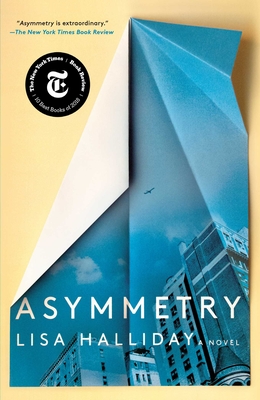Asymmetry
Lisa Halliday

I had a similar response to this book as I had to Rachel Cusk’s “Outline.” Both are formally experimental and more or less sparely written books where the main character is a woman who takes a backseat to one or more other characters. As the title of this book suggests, Halliday has a stronger interest in using art to explore a specific concept. The first section of the novel portrays an (unusually) asymmetric romantic relationship, and the second explores more political asymmetries of power.
The structure of the book, and in particular the connection between the first two parts implied in the third part, prompts some reflection on the nature and relationship between different types of power asymmetry–how similar are they across contexts? to what degree does experience of one type enable us to empathize with and understand those experiencing another type? can there be such thing as a healthy asymmetric relationship? a healthy relationship with an asymmetry of power specifically? I think this novel is valuable for encouraging such reflection, but the formal structure also seems to preclude Halliday from giving us even any implied answers–leaving it as an exercise for the reader, so to speak. Much as with “Outline,” I finished the book uncertain of the import of what I had just read.
I also can’t help but compare “Asymmetry” with the fantastic “Insurrecto,” by Gina Apostol, which was released around the same time. The latter novel is also heavily concerned with asymmetries–of colonizer and colonized, of personal relationships, of artist versus subject–and is also formally experimental (even more so!), making use of a nested narrative structure. Yet for me, Apostol engages the abstract issues much more directly than Halliday does–making “Insurrecto” a messier and more complex book than the spare “Asymmetry,” but for me, also much a more enjoyable one.